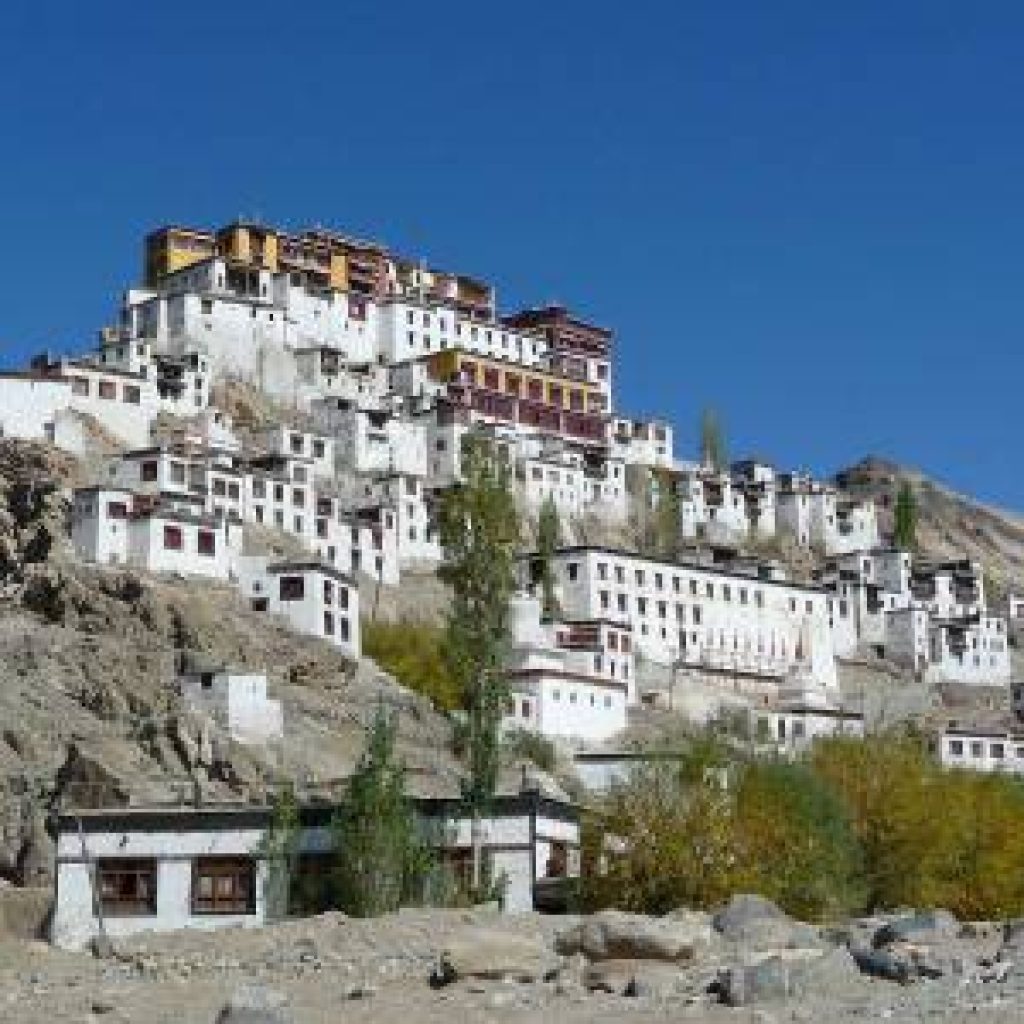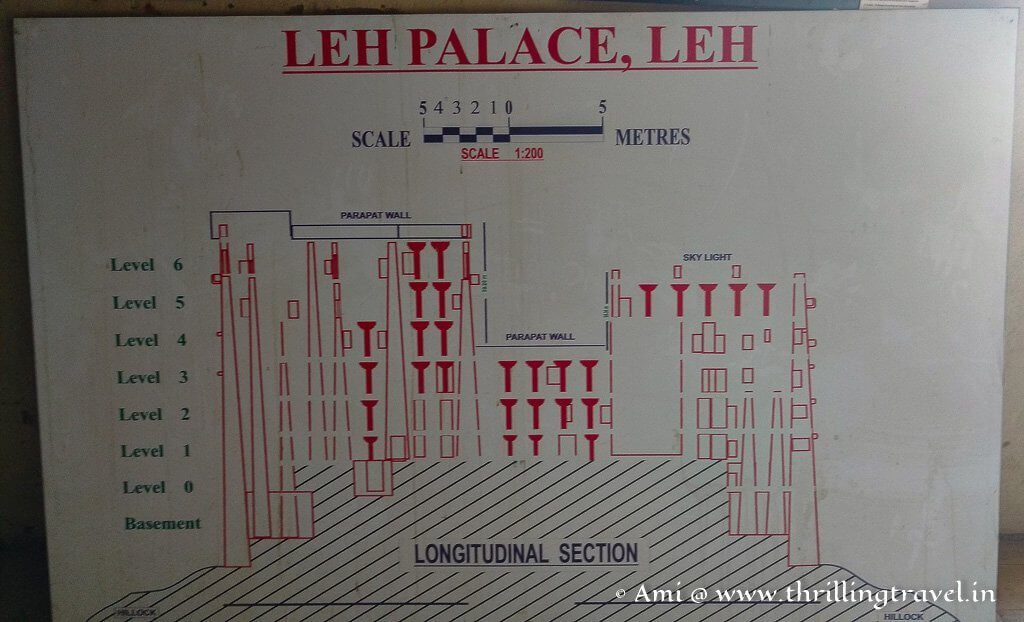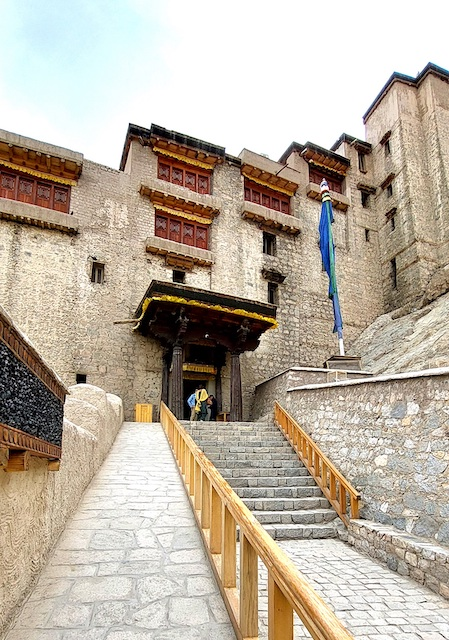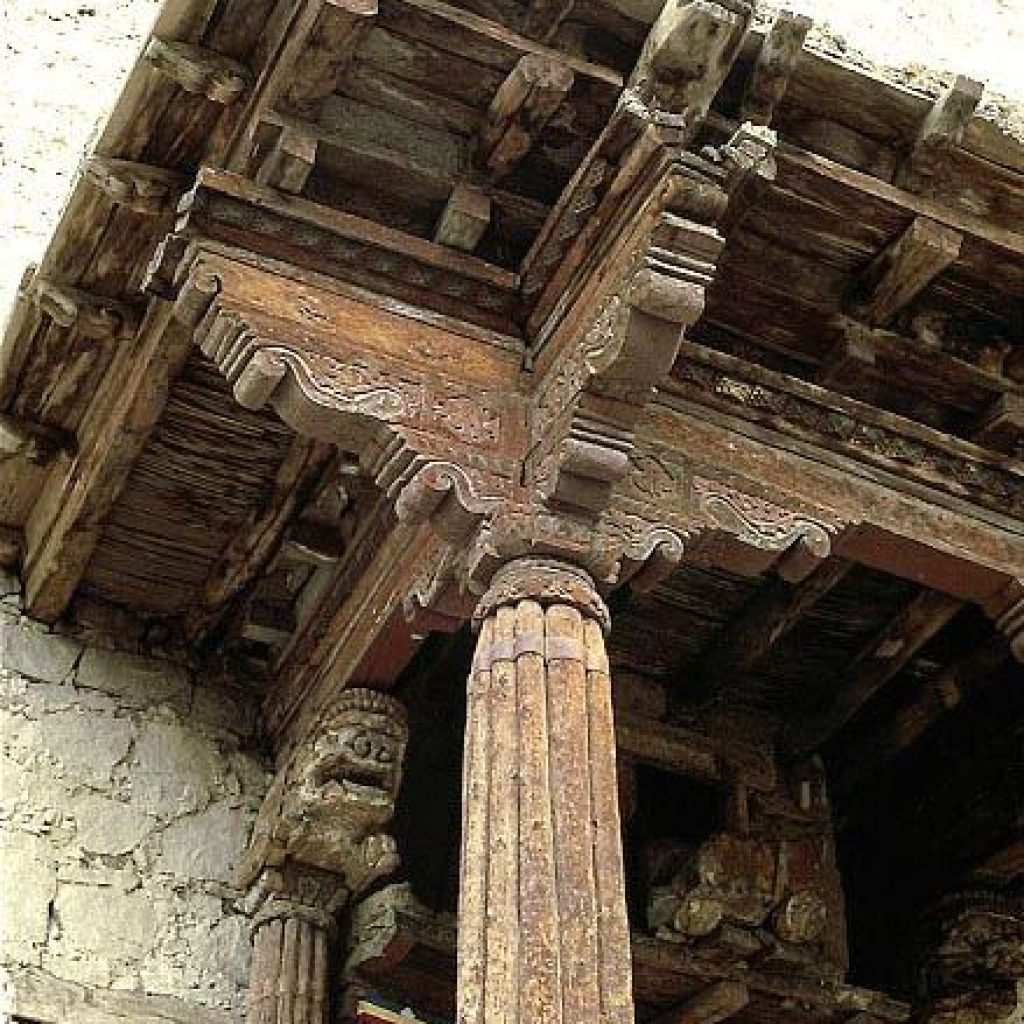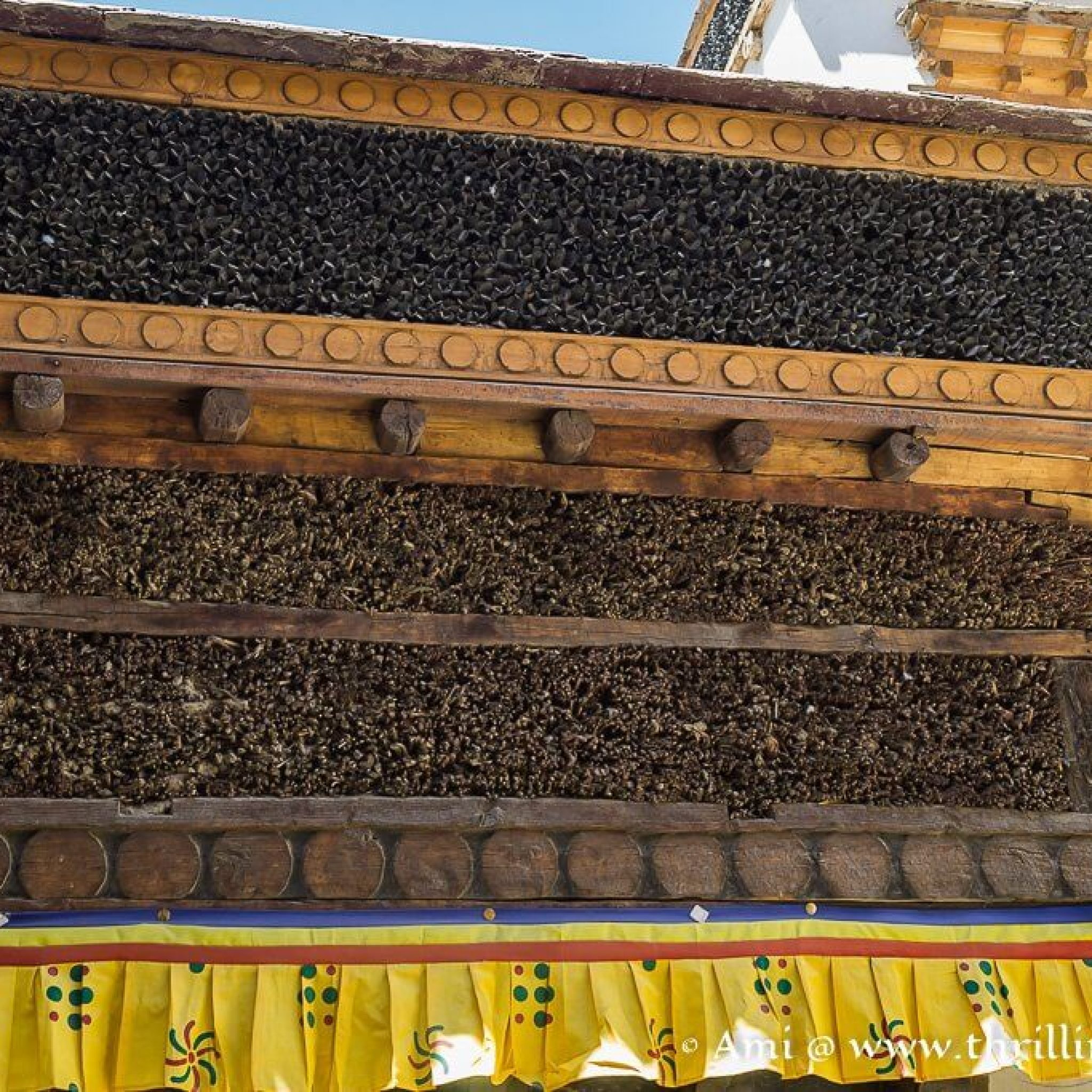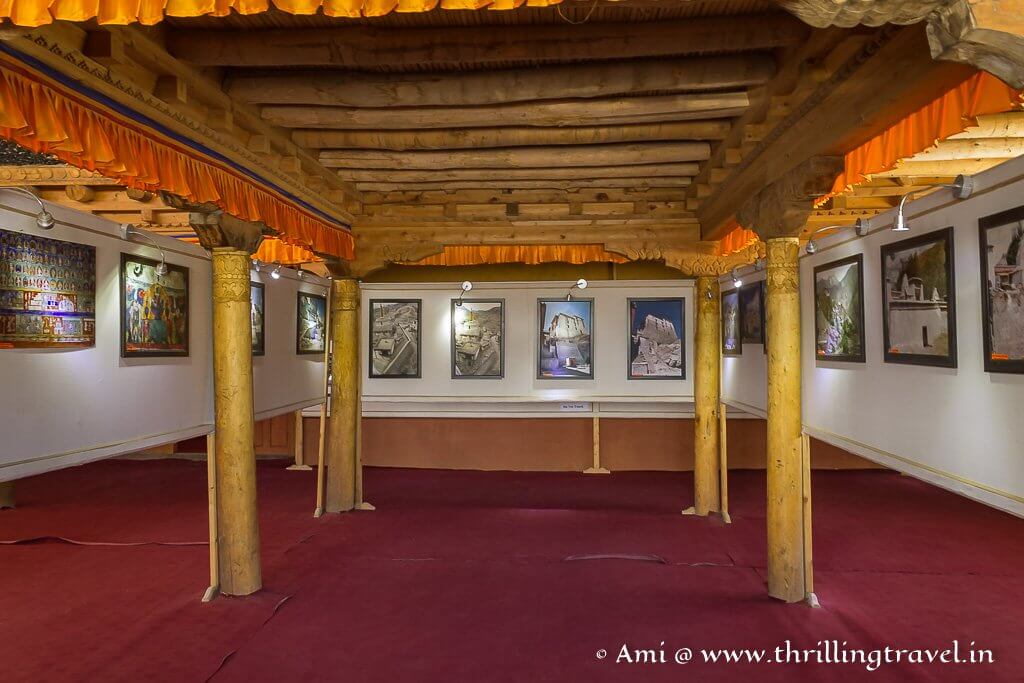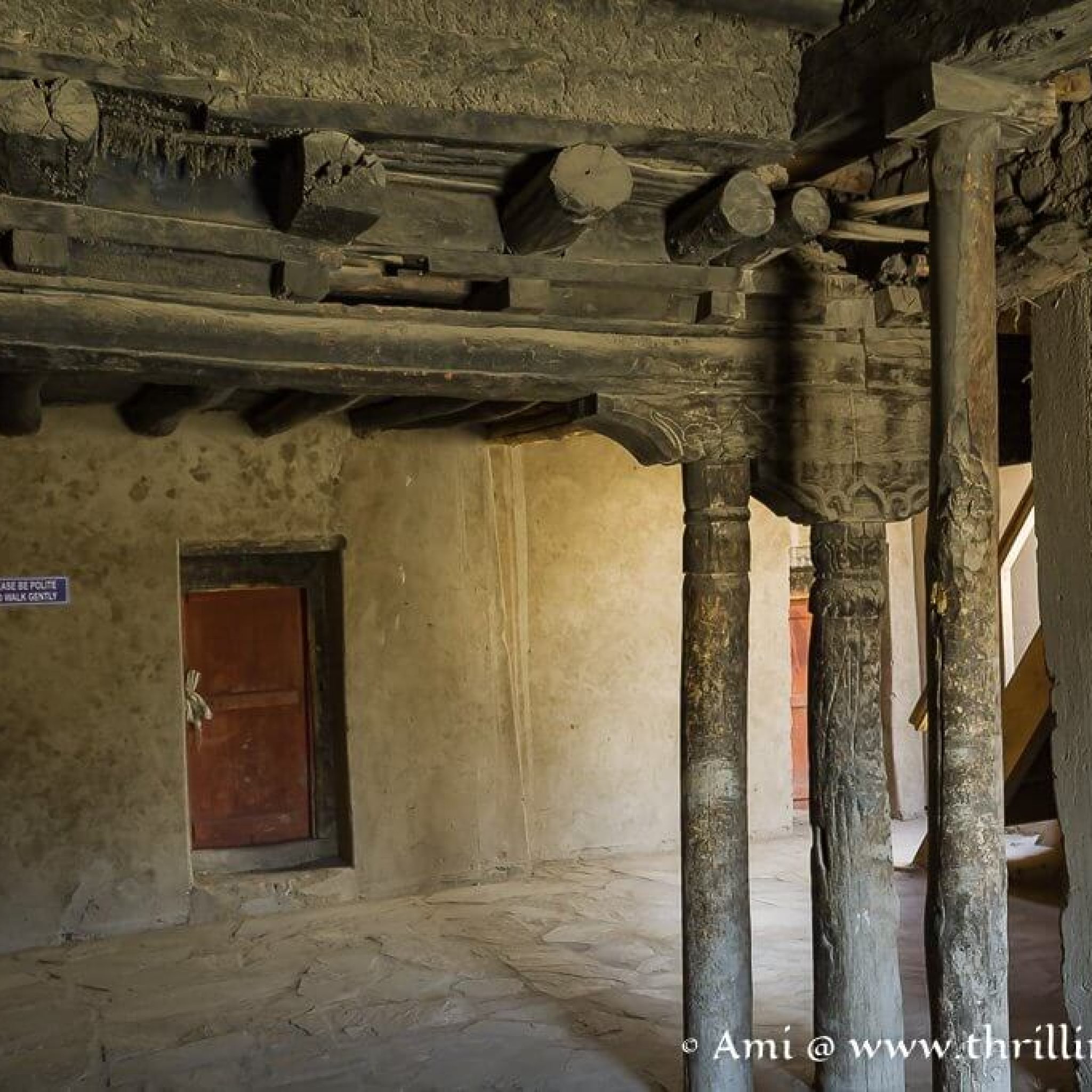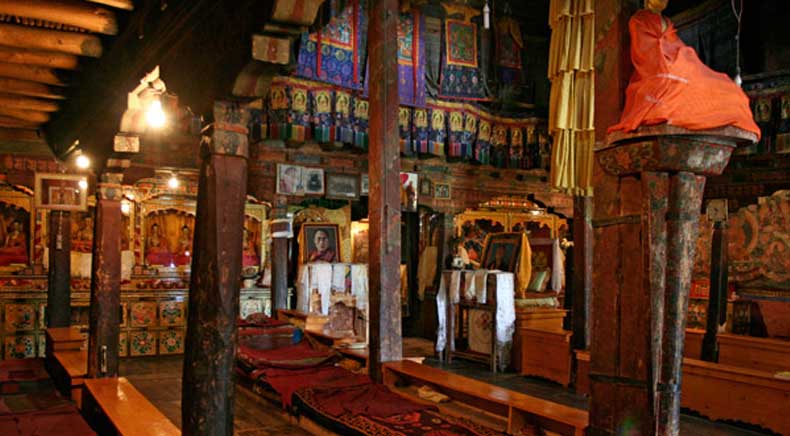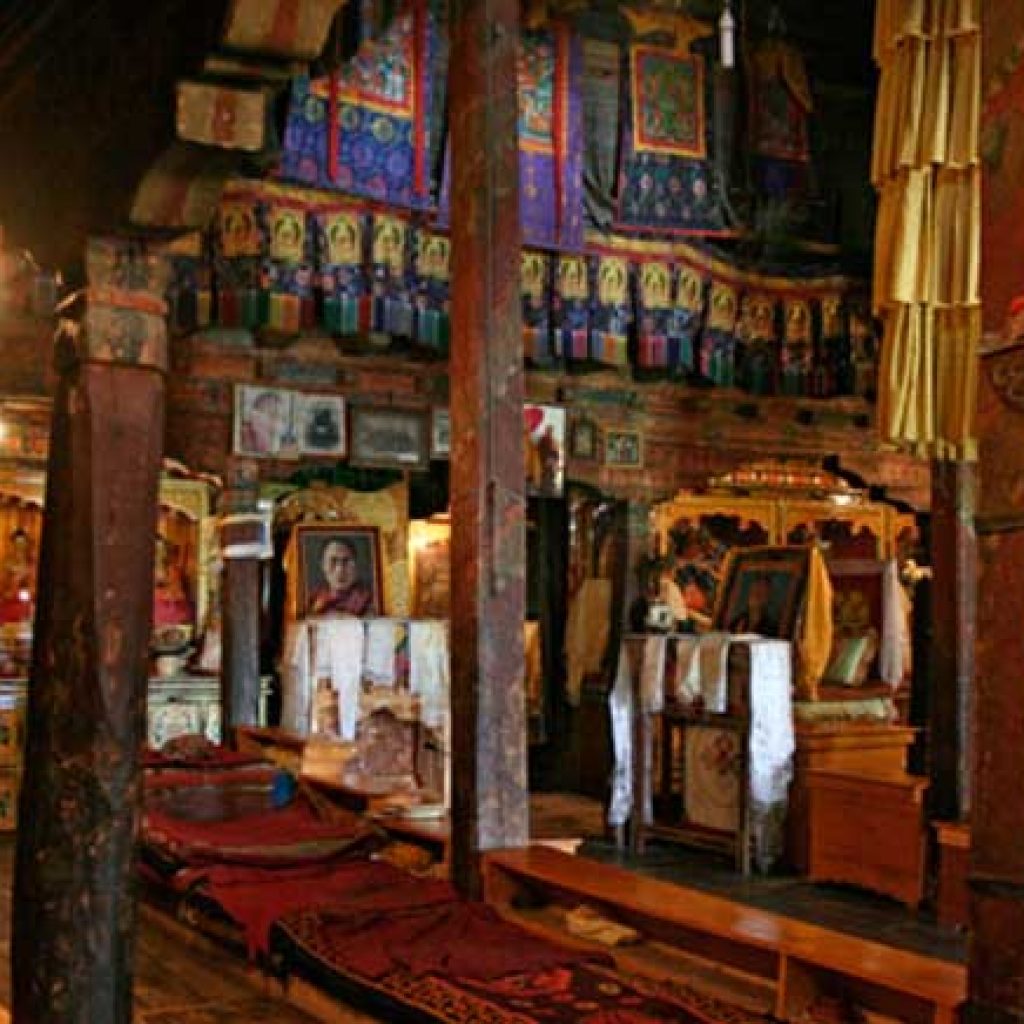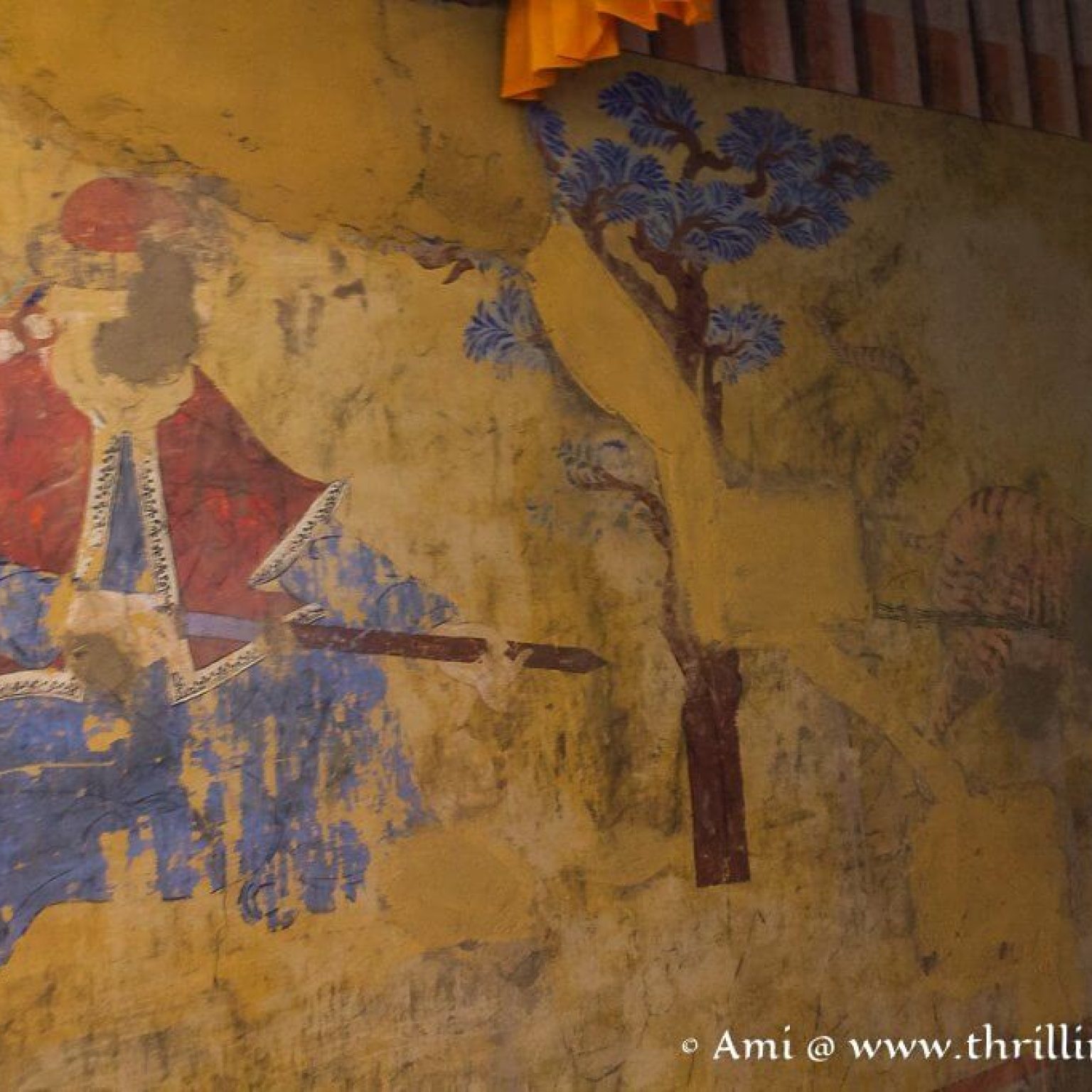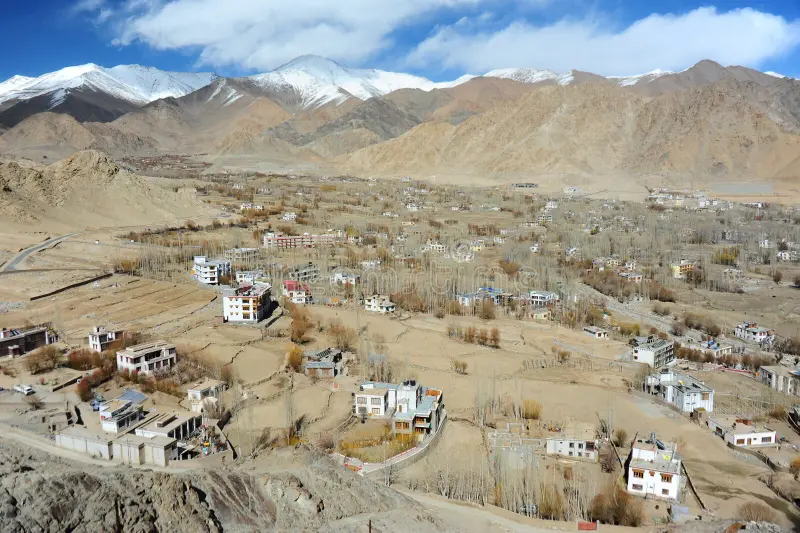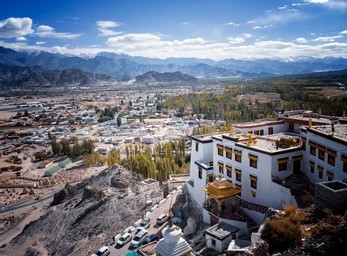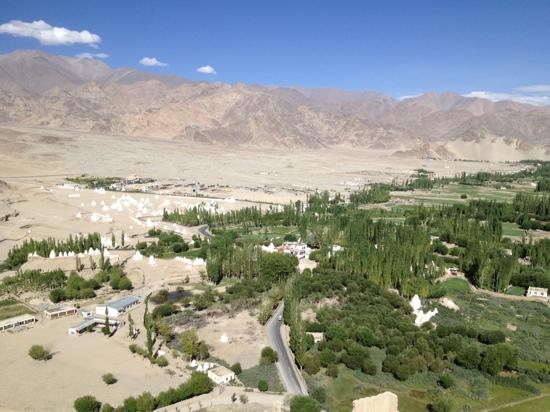Stakna Monastery was established in the late 1500s by the Bhutanese saint and scholar Chosje Jamyang Palkar, who was invited to Ladakh during the reign of King Jamyang Namgyal. This makes it one of the few monasteries in Ladakh directly affiliated with the Drukpa Kagyu tradition of Mahayana Buddhism—a lineage more commonly followed in Bhutan.
Unlike many other monasteries in Ladakh that follow the Gelug or Sakya traditions, Stakna is the only major Drukpa monastery in the region, which gives it a distinct spiritual flavor. The monastery has historically served as a key center for cross-border Buddhist learning between Ladakh and Bhutan, housing scriptures and relics brought from the Himalayas’ eastern reaches.
Even today, the monastery maintains its Bhutanese cultural and spiritual links, with monks occasionally visiting or training under Bhutanese lamas.




